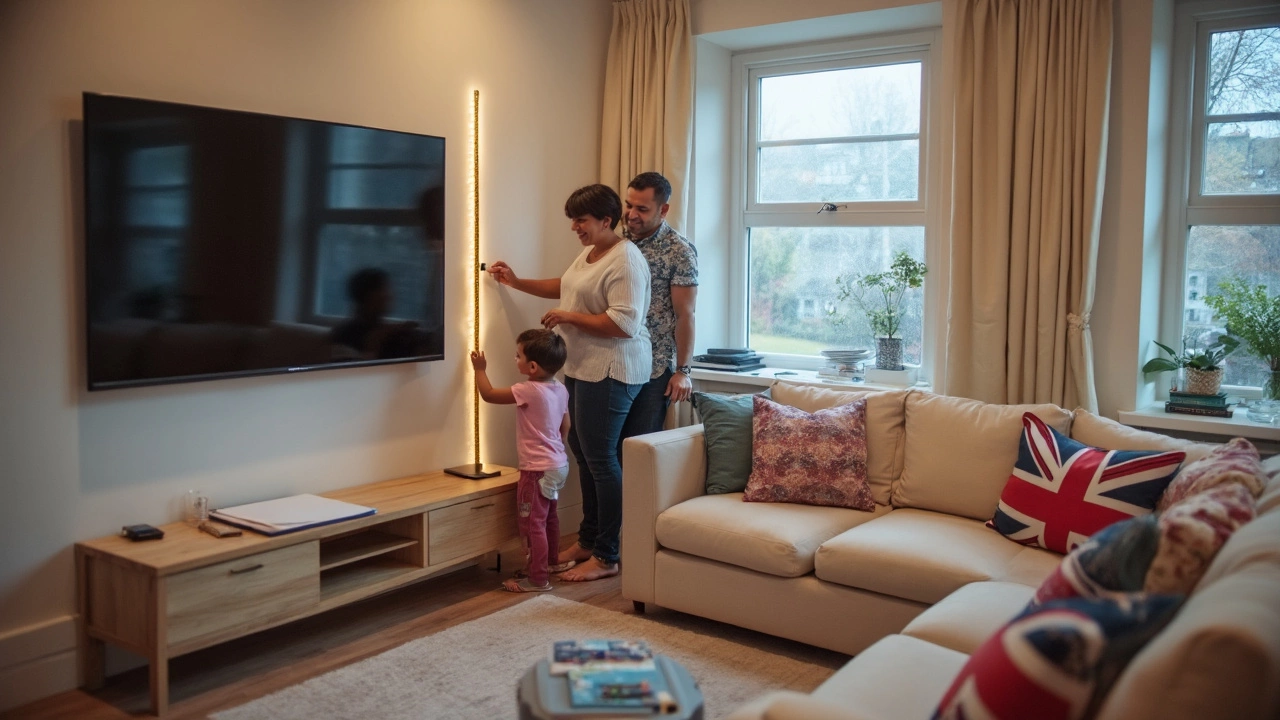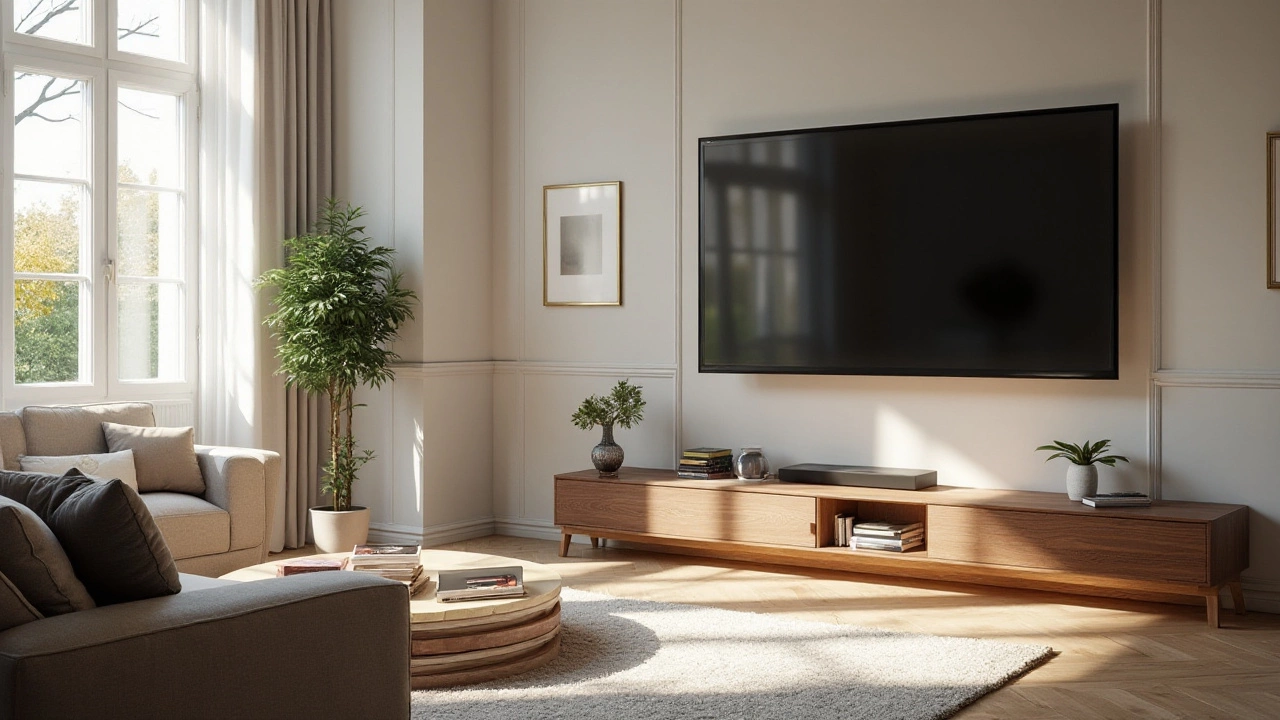TV Wall Mount: How to Pick the Right One and Install It Like a Pro
Thinking about putting your TV on the wall? It’s a quick way to free up floor space, give your room a sleek look, and get a better viewing angle. The trick is choosing the right mount and hanging it safely. Below you’ll get the basics of what to look for, how to measure the perfect height, and a step‑by‑step walk‑through of the install.
Choosing the Right TV Wall Mount
First, check your TV’s VESA pattern – the grid of holes on the back. Most modern screens list it in the manual (for example 200 × 200 mm). Match that number to the mount’s specifications, otherwise the brackets won’t line up.
Next, decide on the mount type. A fixed mount keeps the screen flat against the wall – great if you always sit in the same spot. Tilting mounts let you angle the TV down a few degrees, which helps when the mount is higher than eye level. Full‑motion (or articulating) mounts let you pull the TV out, swivel left‑right, and tilt – perfect for rooms with multiple seating areas.
Weight capacity is another must‑check. Your mount should support at least 10‑15% more than your TV’s weight. That safety margin prevents stress on the brackets and keeps the whole thing stable.
Finally, think about the wall material. Drywall can handle a mount if you find the studs and screw into them. Brick or concrete needs special anchors. Knowing the wall type early saves you a trip to the hardware store for the wrong fasteners.
Step‑by‑Step Installation
1. Gather tools. You’ll need a drill, appropriate drill bits (wood or masonry), a stud finder, level, screwdriver, tape measure, and a friend to help hold the TV during the lift.
2. Find the studs. Run the stud finder horizontally and vertically where you plan to mount the TV. Mark the center of each stud with a pencil – you’ll be drilling into these for the strongest hold.
3. Measure the ideal height. Sit on your favorite couch, relax, and note where the center of the screen should sit – usually about eye level, roughly 42‑48 inches from the floor for a 55‑inch TV. Mark the height on the wall, keeping a level line for a straight install.
4. Attach the mounting plate. Hold the plate against the wall at your marks, drill pilot holes into the studs, then screw the plate in place. Double‑check with the level before tightening fully.
5. Prepare the TV. Screw the mount brackets to the back of the TV using the supplied bolts. Don’t over‑tighten – a snug fit is enough.
6. Hang the TV. With your helper, lift the TV and hook the brackets onto the wall plate. Make sure it clicks or locks in place according to the mount’s instructions.
7. Secure cables. Run power, HDMI, and any other cords through the mount’s built‑in cable channel or use a wire‑mold strip to keep them tidy. This not only looks neat but also reduces strain on the ports.
8. Test the setup. Turn the TV on, tilt or swivel it if you have a moving mount, and sit in your usual spot. Adjust the angle if needed, then tighten any loose set‑screws.
That’s it – you’ve turned a plain wall into a clean entertainment hub. A few extra minutes of careful measuring and the right hardware make all the difference.
Quick checklist: VESA match, mount type, weight rating, stud location, proper height, level, cable management, safety check.
If anything feels wobbly, re‑tighten the screws or double‑check you’re in the studs. When you’re confident it’s solid, sit back and enjoy a clutter‑free view.
65 Inch TV Height: How High Off the Floor Should You Mount It?
Wondering how high you should mount your 65 inch TV? This guide lays out the perfect viewing height, explains why it matters, and clears up the confusion surrounding TV placement. You'll find practical tips, tricks that actually help, and some fun facts you probably haven't heard before. Get ready to make your living room more comfortable and avoid neck pain for your next binge-watching session. You'll never think about TV height the same way again.
Wall-Mounted vs. Stand: Best TV Setup for Your Space
Deciding whether a TV is better on a wall or a stand involves several considerations, from room layout and aesthetics to safety and equipment needs. Wall mounts can save space and offer modern appeal, while stands provide flexibility and easier access. This article explores the advantages and downsides of each option, offers helpful tips for installation, and helps you determine which setup will maximize your viewing experience and complement your home decor.








